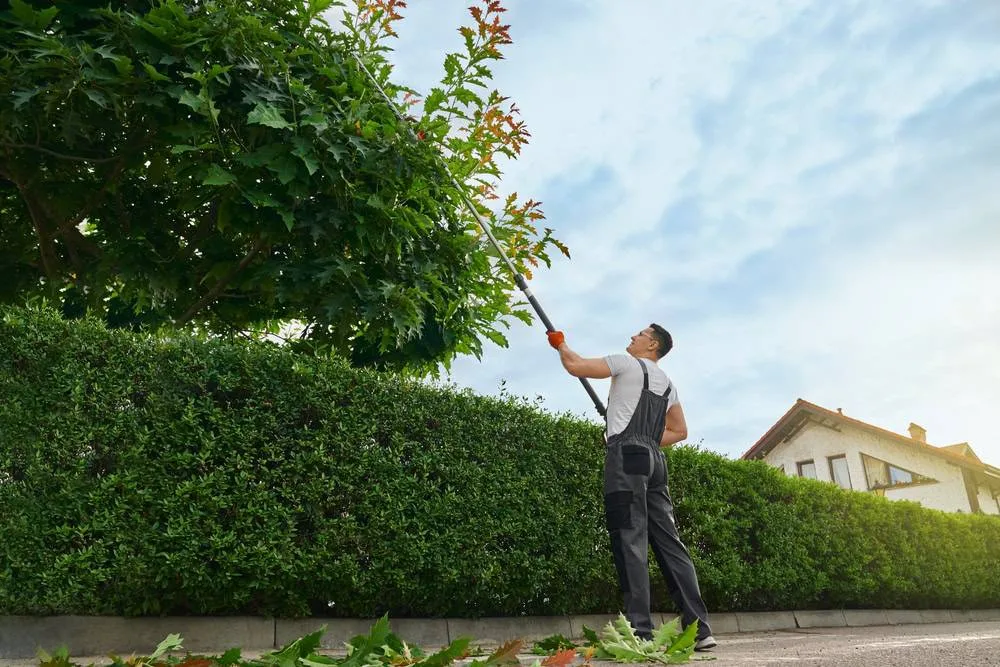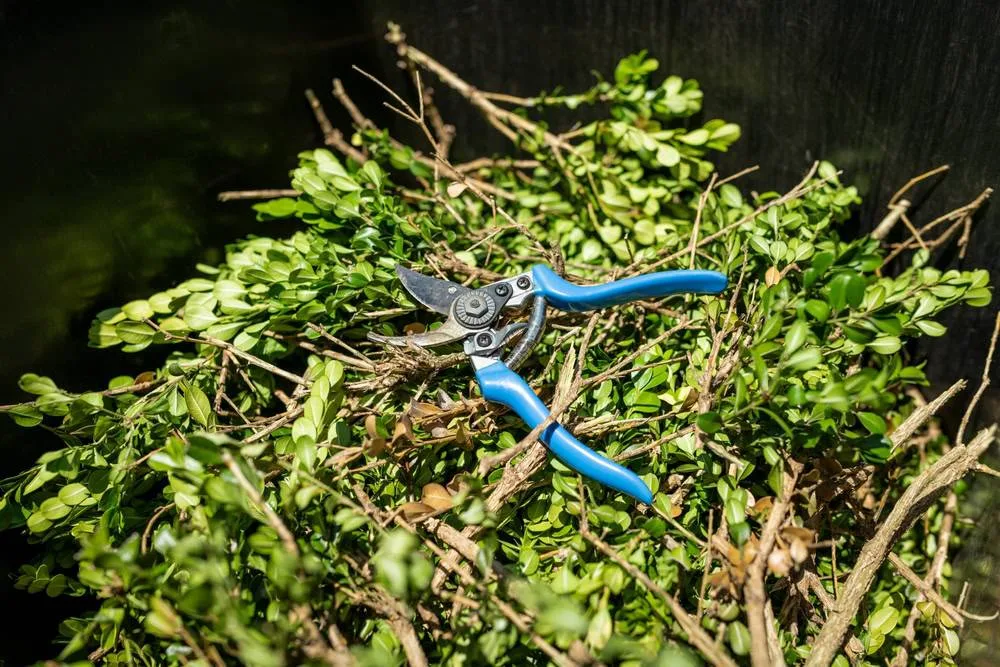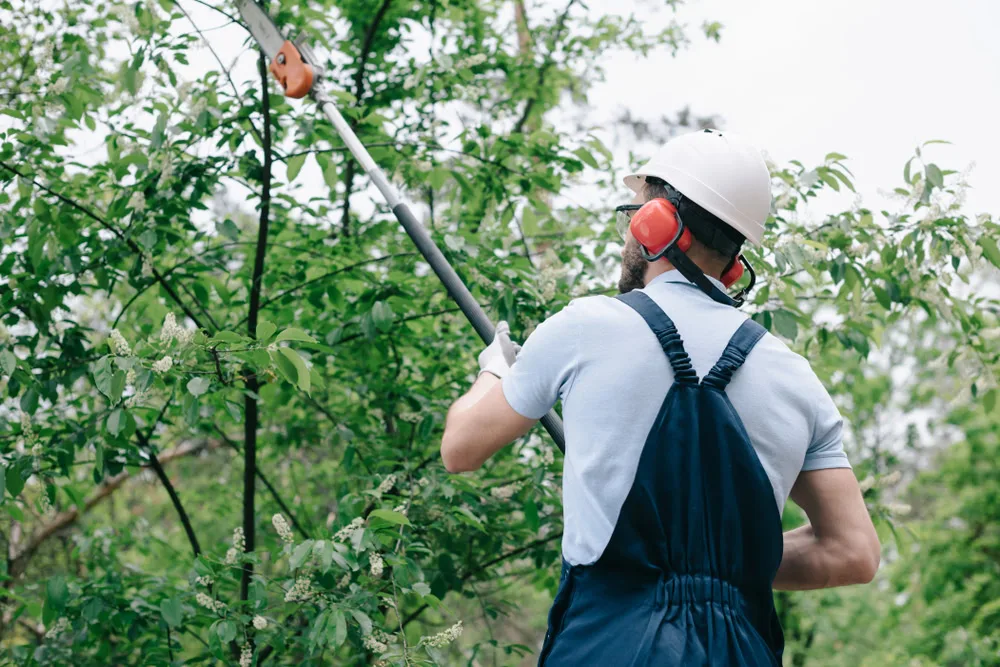Tree Trimming in Head of the Harbor, NY
Safe, Professional Tree Trimming Results
Protecting your property while keeping your trees healthy and beautiful through expert trimming techniques.

Hear from Our Customers

Professional Tree Care Services
Your trees look better, your property stays safer, and you sleep better during storms. That’s what happens when trimming is done right.
Proper tree trimming isn’t just about cutting branches. It’s about understanding how trees grow, where they’re vulnerable, and what they need to thrive for decades. When you work with certified arborists who know Long Island’s climate and tree species, you get results that last.
You’ll notice the difference immediately in how your property looks. But the real value shows up over time – stronger trees that resist storm damage, better growth patterns that won’t threaten your home, and healthier canopies that add real value to your property.
Head of the Harbor Arborists
Green Light Tree Services has been caring for trees across Long Island for years, with deep roots in the Head of the Harbor community. We understand the unique challenges that coastal weather and mature landscapes present.
Every crew member is trained in proper pruning techniques and safety protocols. We maintain full licensing and insurance because tree work done wrong can be expensive – and dangerous.
Local homeowners trust Green Light Tree Services because we show up when we say we will, clean up completely, and stand behind our work. No surprises, no shortcuts, no excuses.

Tree Trimming Process
First, a certified arborist evaluates your trees to identify what needs attention. This isn’t guesswork – it’s understanding tree biology, growth patterns, and potential problems before they become expensive.
The actual trimming follows industry standards for cuts, timing, and technique. Dead, diseased, or damaged branches come off first. Then strategic pruning to improve structure, reduce storm risk, and enhance the tree’s natural shape.
Cleanup happens as work progresses, not after. You won’t find branches scattered across your lawn or debris left behind. The job site gets restored to better condition than when we arrived.

Ready to get started?
Complete Tree Maintenance Solutions
Professional tree trimming includes proper assessment, precise cutting techniques, and complete cleanup. But it goes deeper than that.
You get certified arborist expertise that recognizes disease, pest issues, and structural problems early. We use professional-grade equipment designed for safe, clean cuts that heal properly. Every job includes full debris removal and site cleanup.
Head of the Harbor properties often have mature trees near valuable landscaping, pools, or structures. Professional trimming protects these investments while maintaining the natural beauty that makes your property special. Emergency response is available when storms create urgent situations that can’t wait.
